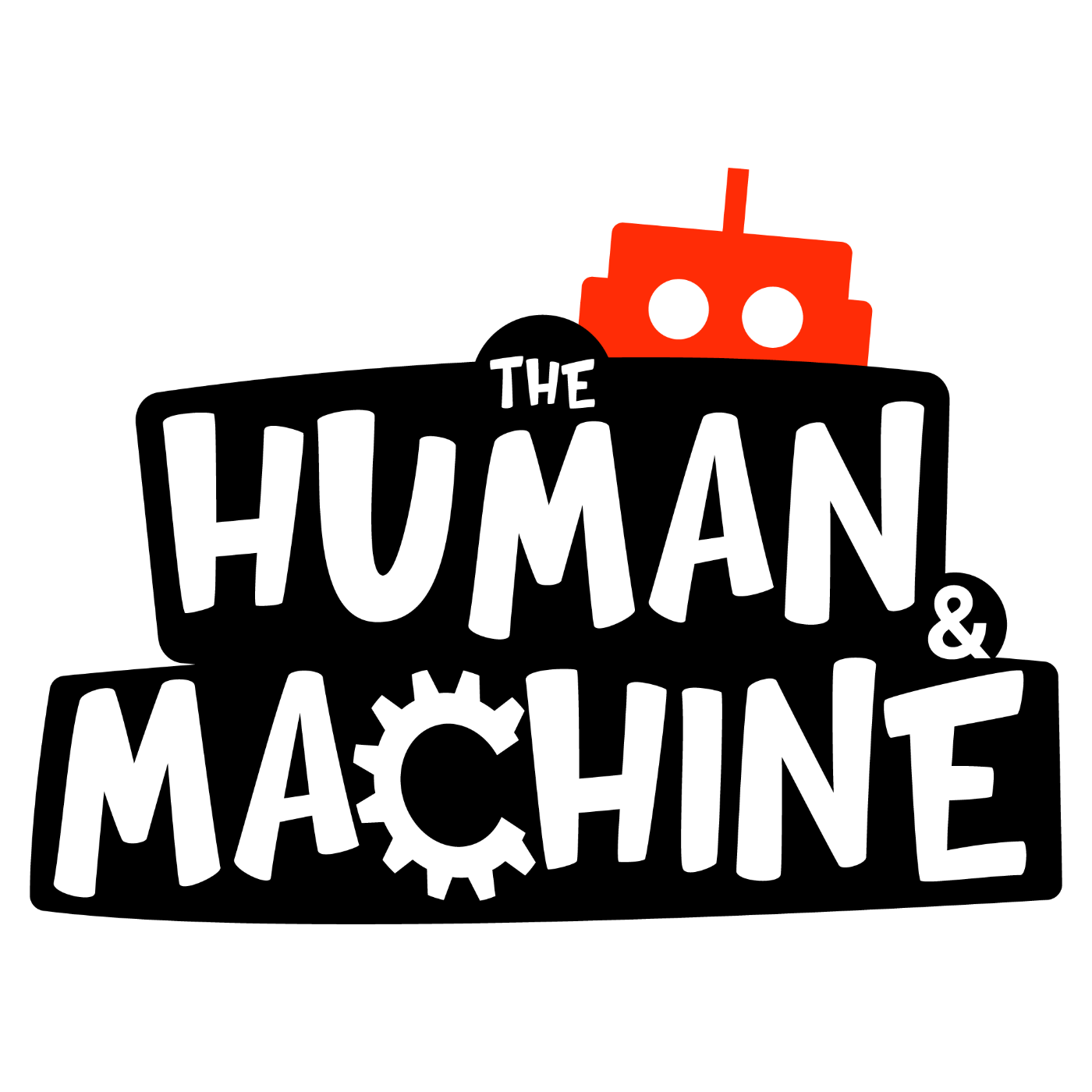291 reads
Entering the Digital Frontier: 3 Gaming and Social Trends Defining the Metaverse
by
November 8th, 2022
Audio Presented by

Simplifying Web3 topics around the Metaverse, NFT, Blockchain, Crypto, DeFi and GameFi
Story's Credibility

About Author
Simplifying Web3 topics around the Metaverse, NFT, Blockchain, Crypto, DeFi and GameFi